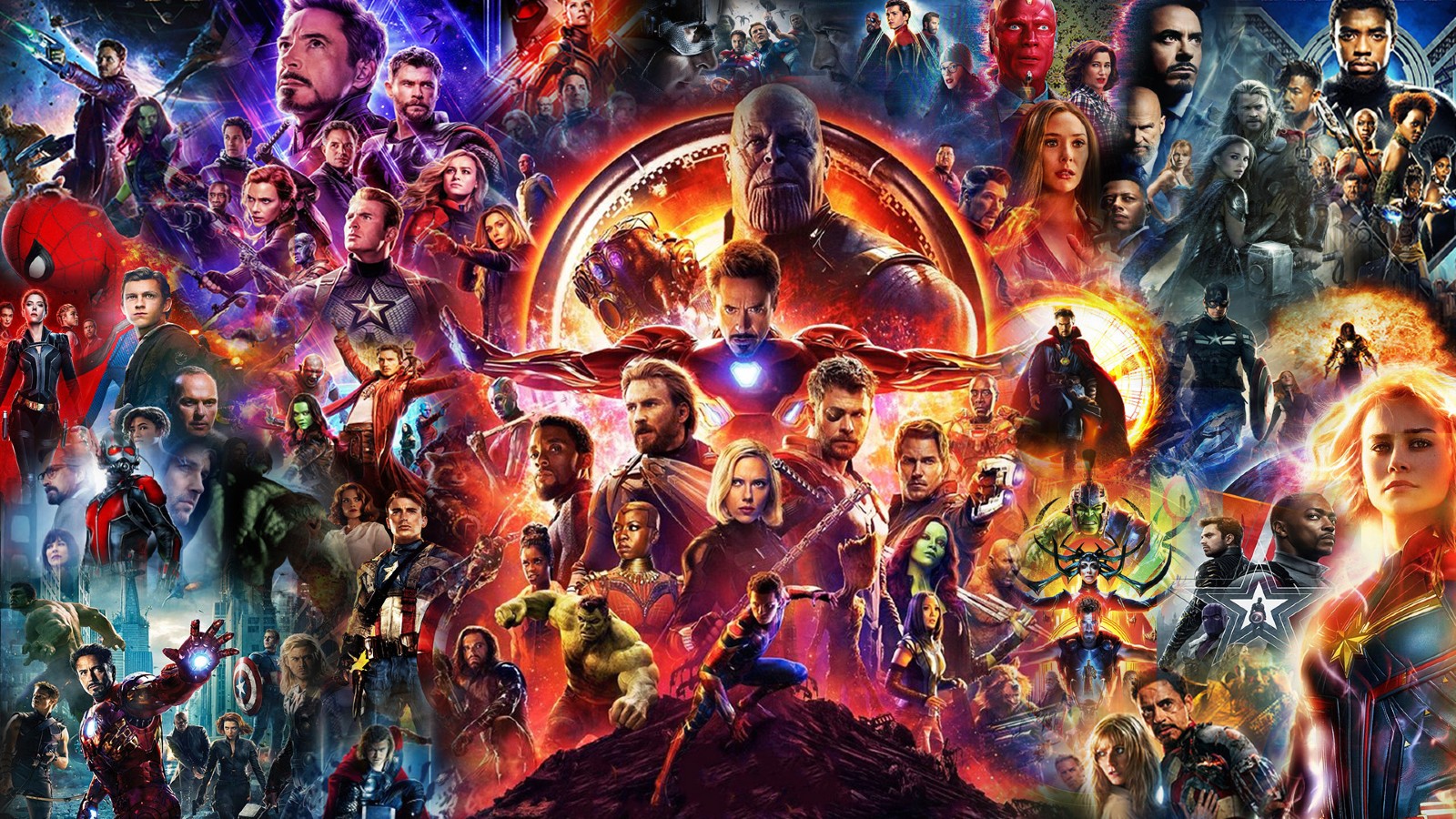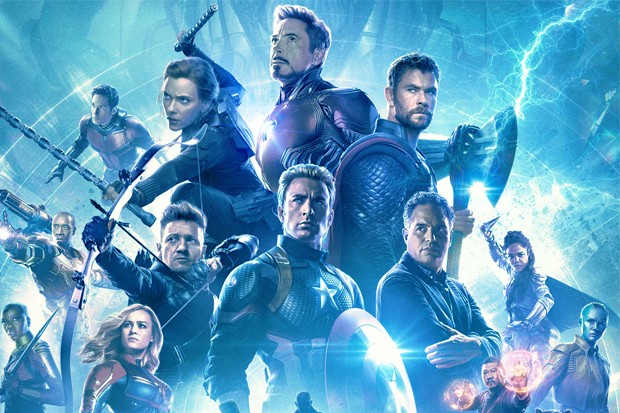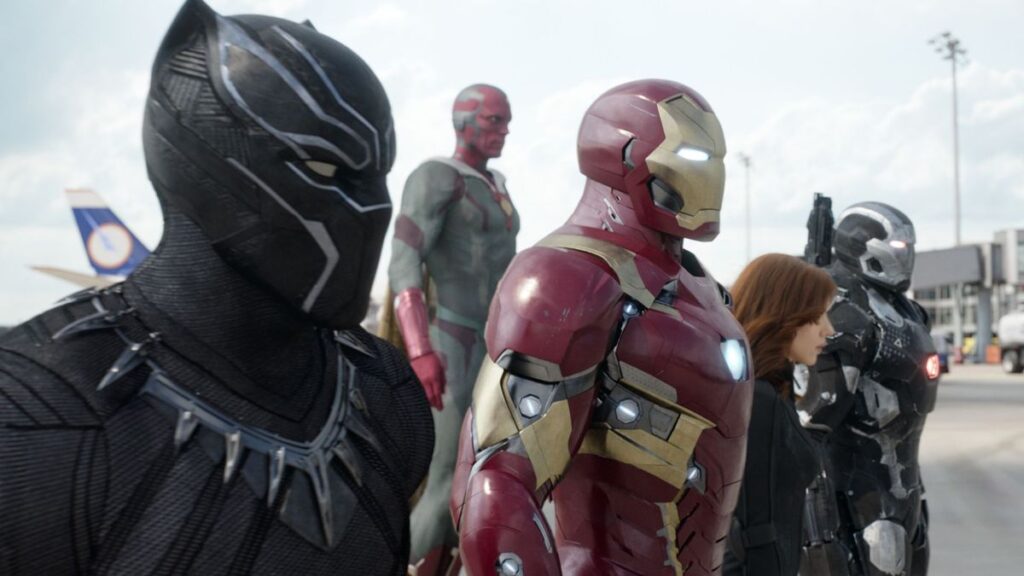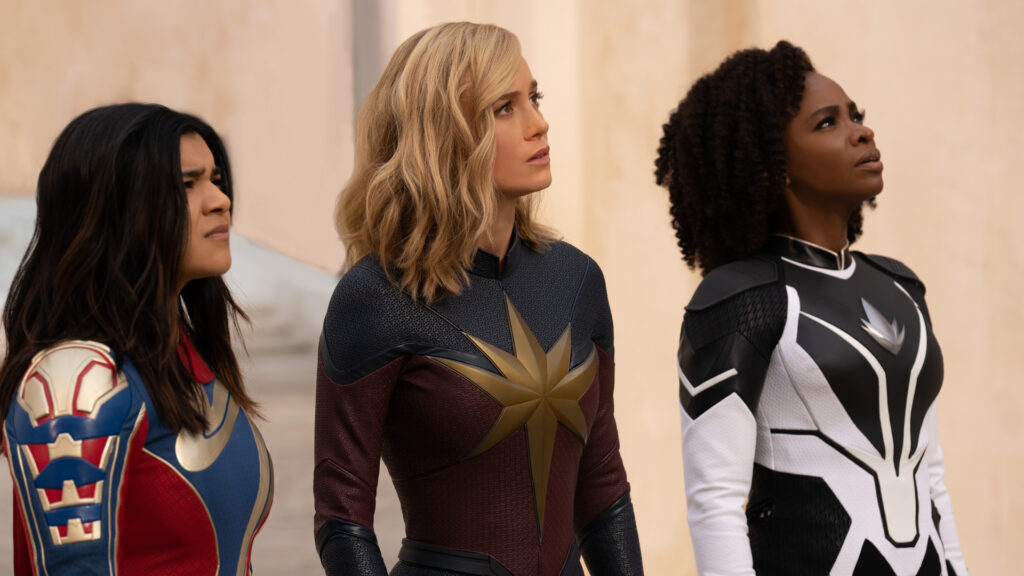
Marvel Comics emerged in the early 20th century, revolutionizing the comic book industry and laying the foundation for a pop culture phenomenon. In the 1960s, visionary creators such as Stan Lee and Jack Kirby birthed iconic characters like Spider-Man, the X-Men, and the Fantastic Four. These characters weren’t mere superheroes; they were flawed individuals grappling with real-world issues, making them relatable and resonant. Marvel’s storytelling approach transcended the traditional superhero narrative, setting the stage for a cultural shift.
The introduction of flawed protagonists like Peter Parker, who struggled with the responsibilities of both high school and crime-fighting, added depth and authenticity. Marvel’s commitment to diversity and social relevance addressed prevailing societal norms. For instance, the X-Men became metaphors for civil rights struggles, with mutants representing marginalized groups. This narrative complexity and social commentary injected a new vitality into comic books, captivating audiences beyond the stereotypical superhero fanbase.
Marvel’s transition from print to screen was a pivotal moment. The success of the Marvel Cinematic Universe (MCU) began with the release of “Iron Man” in 2008, marking the start of an interconnected film franchise. The MCU’s meticulous planning and execution became a template for cinematic universes, transforming the film industry and solidifying Marvel’s influence on pop culture.
The Cinematic Revolution: Marvel’s Dominance in Film

The cinematic success of Marvel superheroes marked a paradigm shift in the film industry. The MCU’s ability to weave intricate narratives across multiple films and characters captivated audiences worldwide. Each movie became a piece of a larger puzzle, creating anticipation and a sense of interconnectedness. This approach not only rewarded dedicated fans but also attracted newcomers, making superhero films accessible to a broader demographic.
Marvel’s ability to blend genres within the superhero framework was key to its success. “Guardians of the Galaxy” infused humor and a retro soundtrack, while “Black Panther” explored cultural and political themes. The versatility in storytelling ensured that Marvel’s appeal transcended traditional genre boundaries, reaching audiences with varied interests.
Moreover, the casting of charismatic actors in iconic roles played a crucial role in the MCU’s success. Robert Downey Jr.’s portrayal of Tony Stark/Iron Man and Chris Evans as Steve Rogers/Captain America added depth and charisma to their characters, making them beloved cultural figures. The emotional investment in these characters amplified the impact of their stories, forging a strong connection between audiences and the Marvel universe.
Transcending Generations: Marvel’s Cultural Legacy
Marvel’s impact extends beyond the screen, influencing fashion, language, and societal attitudes. The resurgence of comic book conventions and cosplay culture is a testament to the enduring popularity of Marvel superheroes. The iconic costumes of characters like Iron Man and Captain America have become cultural symbols, worn proudly by fans at events around the globe.
The introduction of diverse characters, such as the groundbreaking “Black Panther” film, showcased Marvel’s commitment to inclusivity. This not only resonated with underrepresented audiences but also pushed the industry towards more inclusive storytelling. The ripple effect of Marvel’s influence can be seen in the emergence of a new generation of comic book creators and filmmakers who continue to push boundaries and challenge norms.
Marvel’s storytelling has become a cultural touchstone, referenced in literature, art, and everyday conversations. The catchphrases of characters like Spider-Man’s “With great power comes great responsibility” have permeated popular discourse. Marvel’s ability to distill complex themes into accessible narratives has contributed to its cultural endurance, ensuring its relevance across generations.
The Power of Merchandising: Marvel’s Economic Influence
Marvel’s influence extends far beyond the realms of entertainment and storytelling; it has become an economic juggernaut through merchandising. The iconic imagery of Marvel superheroes adorns a vast array of products, from clothing and toys to home decor and collectibles. The marketing prowess of Marvel has created a symbiotic relationship between fans and merchandise, turning everyday items into expressions of fandom.
The economic impact is not confined to consumer goods alone. Marvel’s success has spurred a thriving industry of conventions, where fans gather to celebrate their shared passion. These events have become lucrative opportunities for merchandise sales, as enthusiasts eagerly purchase limited edition items and exclusive collectibles. The economic ecosystem surrounding Marvel has become a testament to the enduring power of fandom in shaping markets.
Additionally, Marvel’s collaboration with brands outside the traditional entertainment sphere has further expanded its economic footprint. Partnerships with fashion houses, tech companies, and even food and beverage brands have demonstrated the universality of Marvel’s appeal. The ability to seamlessly integrate superheroes into various facets of consumer culture has solidified Marvel’s position as a cultural phenomenon with economic implications that reverberate across industries.
Fan Engagement: Shaping the Narrative in the Digital Landscape

The advent of the digital age brought about a paradigm shift in how fans engage with their favorite franchises, and Marvel has been at the forefront of leveraging digital platforms for fan interaction. Social media, in particular, has become a dynamic space where fans actively participate in discussions, share fan theories, and create fan art. Marvel’s strategic use of social media has cultivated a sense of community among its diverse fanbase.
One notable aspect of Marvel’s digital engagement is its responsiveness to fan feedback. The era of interconnected storytelling in the MCU is marked by the incorporation of fan-favorite elements and characters based on audience reactions. This reciprocal relationship between creators and fans has blurred the lines between producer and consumer, giving fans a sense of ownership in the evolving Marvel narrative.
Digital platforms have also provided Marvel with opportunities to explore transmedia storytelling. The expansion into original series on streaming services has allowed for deeper character exploration and narrative complexity. Fans can now immerse themselves in the Marvel universe through multiple mediums, creating a more holistic and interactive storytelling experience.
Cultural Impact Beyond Borders: Marvel in Global Context
Marvel’s superheroes have transcended cultural and geographical boundaries, resonating with audiences worldwide. The globalization of the MCU, with its diverse cast and culturally rich narratives, has contributed to the universality of Marvel’s appeal. The representation of different cultures and perspectives in films like “Doctor Strange” and “Black Panther” has fostered a sense of inclusivity that transcends national borders.
The impact of Marvel on global pop culture is evident in the proliferation of localized adaptations, merchandise, and fan communities in various countries. The influence of characters like Iron Man and Captain America extends far beyond American shores, becoming symbols of heroism that resonate with people from different cultural backgrounds. Marvel’s ability to weave universal themes into its storytelling has positioned it as a cultural ambassador, bridging gaps and fostering a shared global narrative.
Moreover, the accessibility of Marvel content through streaming services and digital platforms has eliminated geographical barriers, allowing fans from around the world to engage with the narrative in real time. This interconnected global community reflects the evolving nature of storytelling in an era where cultural exchange is facilitated by digital connectivity.
Emerging Narratives: Marvel’s Commitment to Representation
Marvel’s commitment to representation has been a driving force in shaping the narratives of its superheroes. The evolution of characters like Ms. Marvel, a Pakistani-American Muslim superhero, and the LGBTQ+ representation in characters like Valkyrie has opened new frontiers in storytelling. Marvel recognizes the importance of diverse voices and experiences, and its dedication to authentic representation has resonated with audiences seeking to see themselves reflected in the superhero tapestry.
This commitment extends beyond characters to the creative minds behind the scenes. Marvel has been actively promoting diversity among its writers, directors, and producers, ensuring that a wide range of perspectives contributes to the storytelling process. The exploration of underrepresented narratives and the breaking of stereotypes within the superhero genre showcase Marvel’s role as a trailblazer in fostering inclusive storytelling.
As Marvel continues to push the boundaries of representation, the future promises even more nuanced and diverse narratives that reflect the richness of the human experience. The exploration of different cultures, identities, and backgrounds will not only enrich the Marvel universe but also contribute to a broader cultural conversation about the power of storytelling to shape perceptions and foster understanding.
Interactive Storytelling: Marvel’s Leap into Gamification
The intersection of storytelling and technology takes a new turn as Marvel delves into the realm of gamification. The success of Marvel-themed video games has demonstrated the potential for interactive storytelling beyond the passive consumption of narratives. Marvel’s collaboration with the gaming industry has resulted in immersive experiences that allow players to become the heroes of their own stories.
The concept of expansive open-world games, where players can explore iconic Marvel locations and interact with a multitude of characters, marks a new frontier in the evolution of superhero storytelling. Gamification not only offers a dynamic and participatory narrative but also provides a platform for fans to create and share their own Marvel adventures through user-generated content.
Marvel’s foray into gamification presents an exciting avenue for the convergence of storytelling and interactivity. As technology continues to advance, the possibilities for virtual experiences that blur the lines between reality and fiction become increasingly tantalizing. The synergy between gaming and storytelling creates a symbiotic relationship where fans actively shape and contribute to the evolving narrative of the Marvel universe.
The Legacy of Fandom: Marvel’s Enduring Fan Culture

At the heart of Marvel’s enduring success lies a passionate and dedicated fanbase. The fandom surrounding Marvel superheroes has evolved into a cultural force in its own right. Fan-created content, from fan art and fan fiction to fan theories and podcasts, has become an integral part of the Marvel experience. The interplay between creators and fans has transformed the traditional consumer-producer relationship into a collaborative and dynamic exchange of ideas.
Marvel’s acknowledgment and celebration of its fans contribute to the sense of community that permeates the fandom. Fan events, such as conventions and meet-ups, provide spaces for enthusiasts to connect, share their love for Marvel, and celebrate the cultural impact of their favorite superheroes. The symbiotic relationship between Marvel and its fans reinforces the idea that pop culture is a shared experience, shaped not only by creators but also by the collective enthusiasm of those who engage with it.
As Marvel continues to evolve, the legacy of fandom will play a pivotal role in shaping the trajectory of the Marvel universe. The ongoing dialogue between creators and fans ensures that the storytelling process remains dynamic, responsive, and attuned to the desires and expectations of the audience. In this way, the legacy of fandom becomes an integral part of the Marvel narrative, an ever-present force that propels the stories of superheroes into new and uncharted territories.
Conclusion: Marvel’s Ever-Expanding Universe
In tracing the impact of Marvel superheroes on pop culture, from their humble beginnings in comic books to their current status as global icons, it becomes evident that the Marvel universe is ever-expanding. Marvel’s ability to adapt to societal shifts, embrace diversity, and explore new frontiers in storytelling has propelled it beyond the confines of traditional entertainment.
The economic influence, digital engagement, global resonance, commitment to representation, and the exploration of gamification and fan culture collectively contribute to the rich tapestry of Marvel’s cultural legacy. As we gaze into the future, the promise of innovation in storytelling, the continued push for representation, and the dynamic relationship with fans indicate that Marvel’s influence will persist and evolve.
Marvel’s journey has been one of constant reinvention and adaptation, mirroring the very essence of its superhero stories. In the ever-expanding universe of Marvel, where narratives transcend pages and screens to become immersive experiences, the enduring legacy lies not just in the characters themselves but in the collective imagination of a global audience. Marvel superheroes have become more than fictional icons; they are beacons of inspiration, cultural ambassadors, and catalysts for the limitless possibilities that storytelling can unlock in the human imagination. As Marvel embarks on the next chapter of its narrative, the only certainty is that the journey will be as extraordinary and unpredictable as the superheroes that have defined it.
